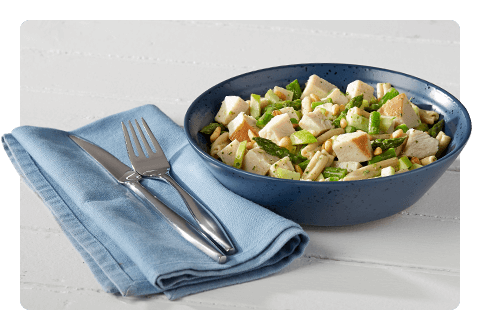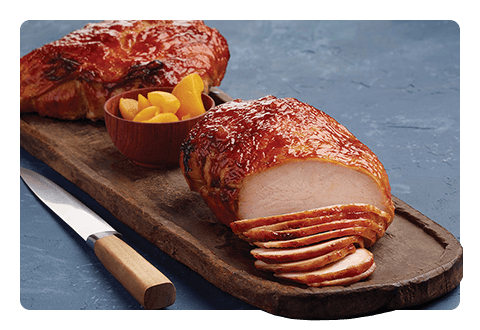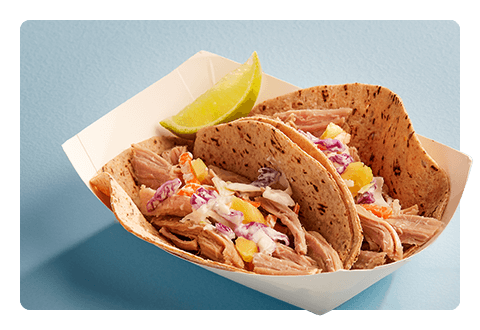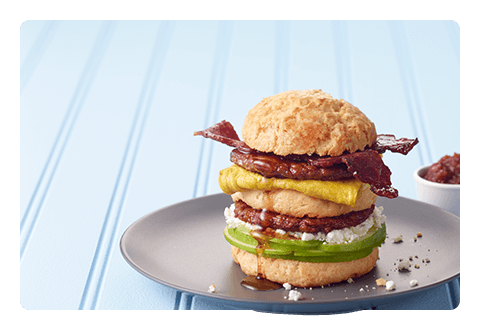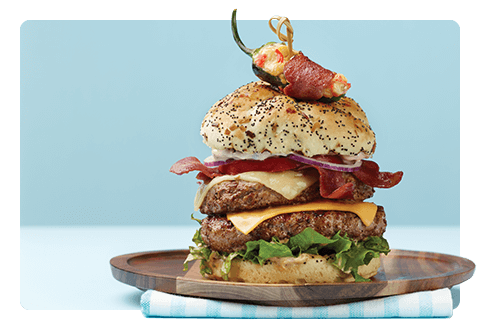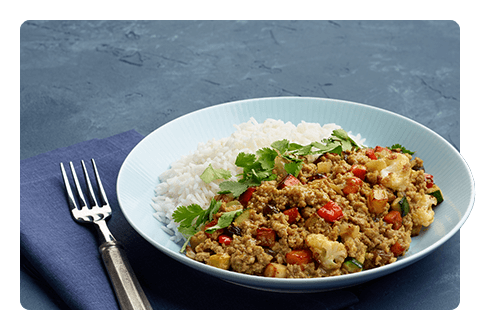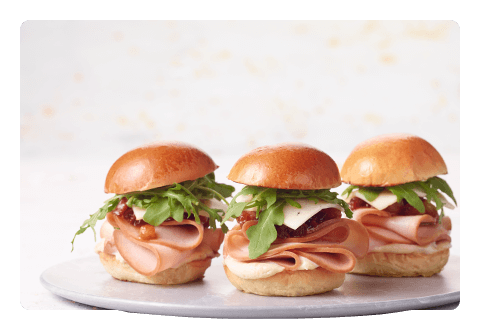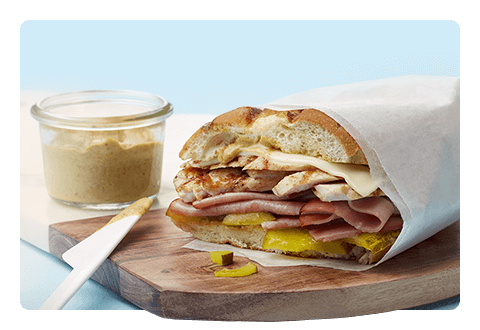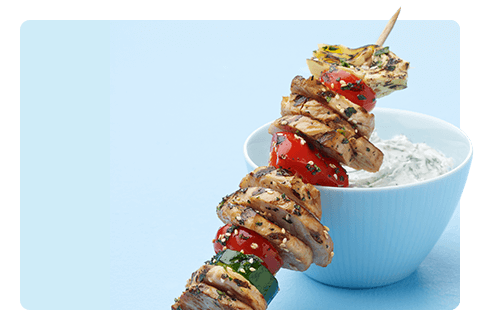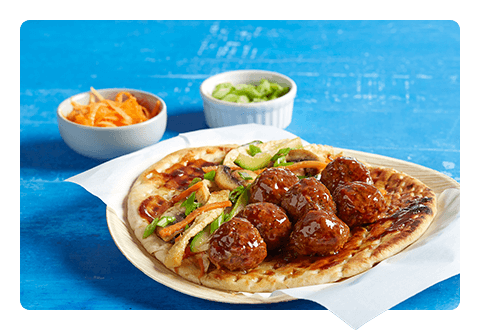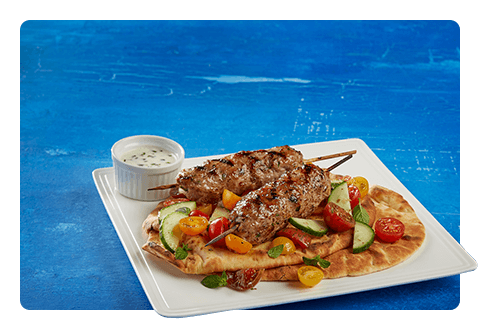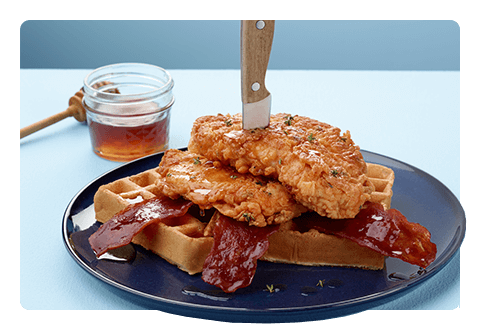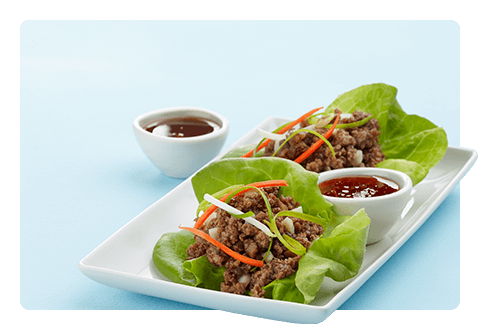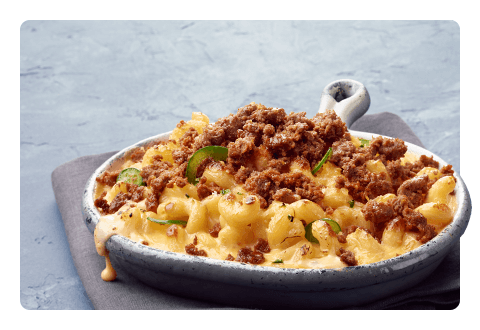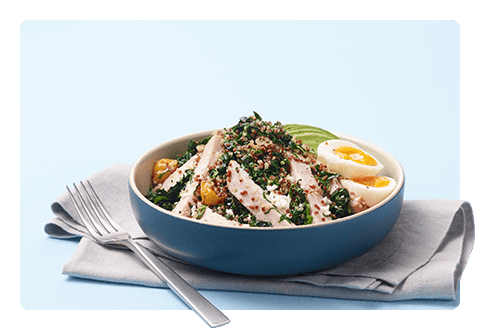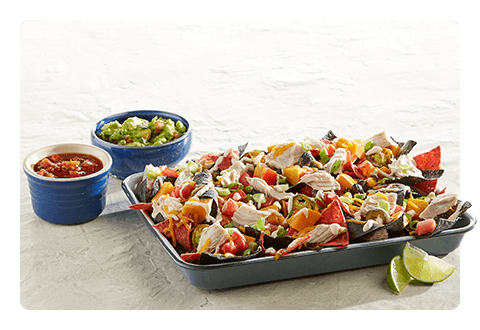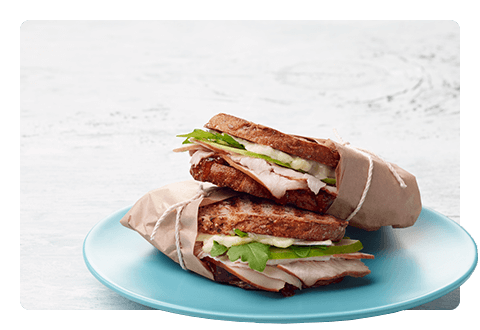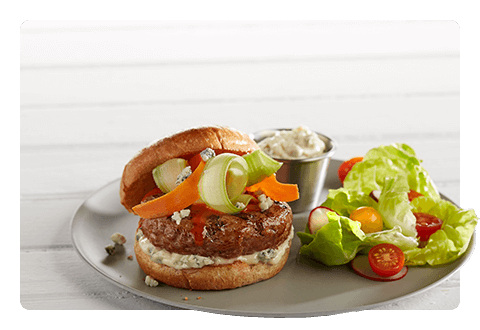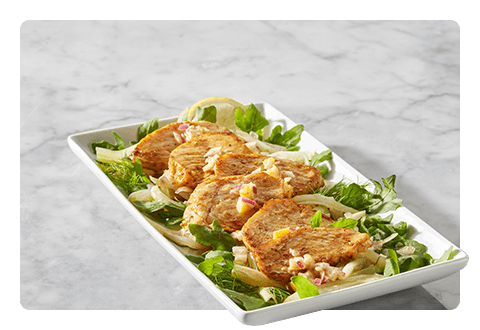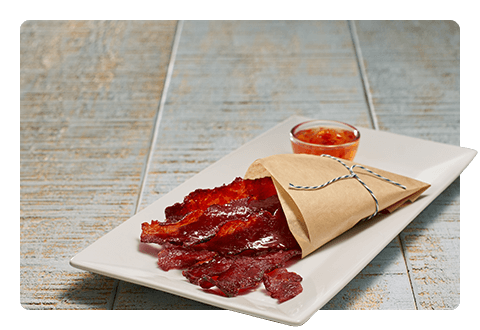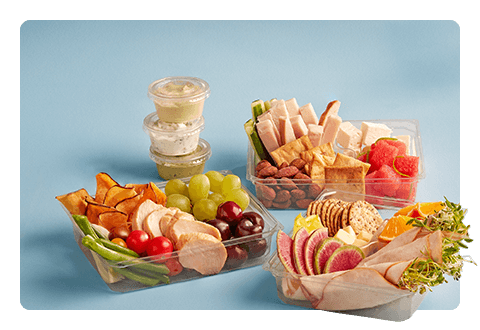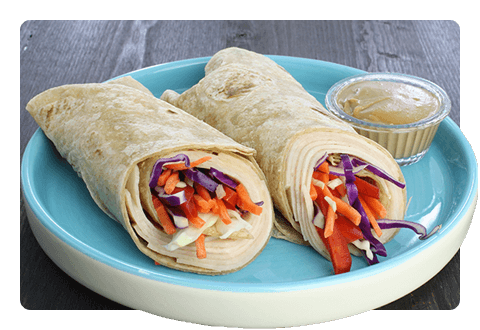How I Develop Recipes that Satisfy Students and Nutritional Guidelines
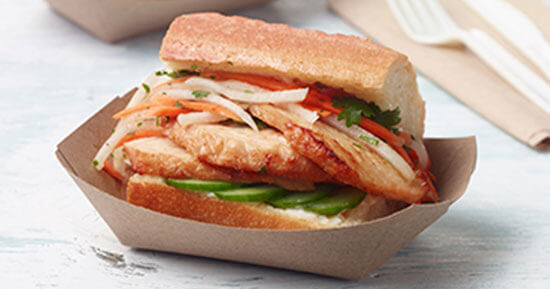
By Brenda L. Thompson-Wattles, Culinary Chef and Registered Dietitian Nutritionist
Anyone familiar with K-12 foodservice knows that this segment faces plenty of obstacles each day. Tight budgets, limited resources, meal pattern requirements and the developing tastes of today’s young scholars are just a few. Despite the challenges, the people who work in K-12 are extremely passionate and committed to fueling students—we understand how important nutritious meals are for preparing kids to succeed today and into the future.
As a chef and registered dietitian, I’m excited by the puzzle of creating dishes kids love but that also meet the nutritional needs set forth in the Healthy, Hunger-Free Kids Act. After all, people don’t eat nutrients—they eat food, and food needs to appeal to kids to help them get the nutrients they need. I’d like to share a peek into the process I go through to get there.
My recipe development starts with a request to feature a product, component or mealpart. To get my creative juices flowing, I follow schools from different districts on social media to see what kids are eating and browse foodservice resources, including the School Nutrition Association Trend Report and Flavor & The Menu. My own school-aged kids and their friends are also great sources of inspiration.
Next, I spend some time coming up with top-line concepts that relate back to my objective. Some days are easier than others. Afterward, I write down all the potential ingredients for the various concepts and make some calculations to determine what could contribute to daily requirements. As I’m doing this, I think about costs, the types of equipment that K-12 operators have available as well as the varying skill levels of foodservice teams nationwide. I always want the recipes I create to be accessible to culinary professionals of all levels within the segment.
Before going any further, I experiment with the concepts, playing with flavor combinations to make sure they work in an initial testing. Many years in the business have taught me that just because it sounds good doesn’t mean it always tastes good. If a concept passes my taste test, I develop a recipe with measurements for six servings. It’s much easier to start with six than to jump straight to 50 or 100 servings.
I’ll then move on to having my kids and some of their classmates try the recipes. I sometimes do a larger sampling with my local Boys & Girls Club so I can not only get feedback from more kids but also ask the kitchen staff how they might execute it. I then go back to my kitchen and revise the recipes as needed. Regardless of the specific group, the great thing about this demo is that no one is ever short on honesty.
Next comes the quantity adjustment phase. I recreate the recipe for 100 servings—twice. That way, I can verify that all the amounts are correct and ensure consistent results at the school level. In the finalization round, I update the formal recipe documents with all the detailed nutritional analysis. The last step is food photography if it’s needed. Nothing sells a recipe like an image, and it also becomes a quick reference for school chefs when they’re preparing the recipe in their kitchen.
Over the past 10 years, I’ve seen a lot of shifts in K-12. When I first started, kids were not that into spice, but sriracha has been making its move into a lot of trends. Legumes; more acid-based dressings; and food truck fare, such as street tacos, are also trickling into the segment. Indian food is gaining popularity, and so are grab-and-go items. I see more flavor in secondary schools, where students are willing to try new things, and the kids are even eating their fruits and vegetables instead of throwing them away.
There are lots of sandwich lines in secondary, middle and high schools, and turkey is a lean, healthy item that fits right in. You can mix and match turkey with different types of cheese, and it’s also a great way for kids to try new vegetables on their sandwiches. With products such as Turkey Tenderloin Medallions, the possibilities are endless—and they feel like restaurant-quality ingredients. They’re elevating school lunches, much to our appreciation. K-12 is an especially important food segment because it’s where we teach children how to eat balanced meals that comply with these guidelines. And we hope they’ll continue these good practices into adulthood.
To find K-12 solutions, visit Butterball’s K-12 page. Keep up with the latest foodservice trends by browsing the Resource Center.

